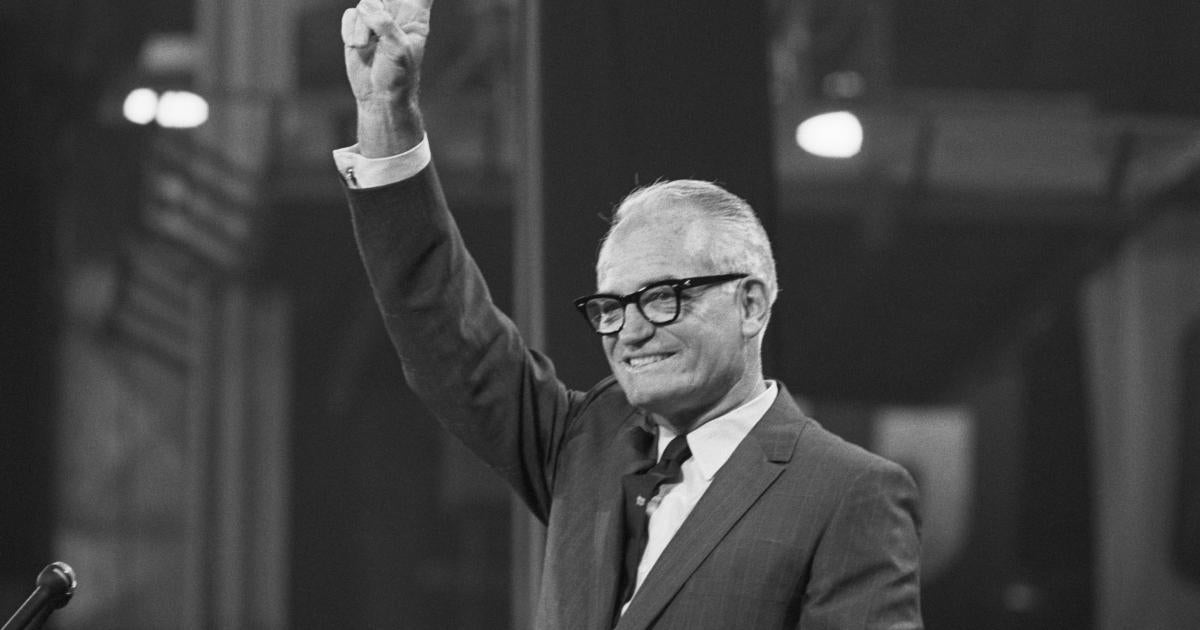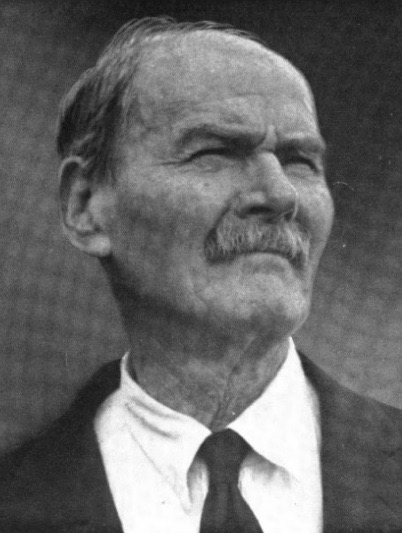From 1876 to 1964, North Carolina voted for a Republican president exactly one time: Herbert Hoover in 1928. The most prominent families in North Carolina politics from the fundamentally disadvantaged Republican Party were the Pritchards and the Jonases. After Reconstruction, Democrats were dominant but the economic depression that came out of the Panic of 1893 tried even the Democratic dominance of the South. In Alabama and North Carolina they especially had problems holding on. After the 1894 election, the Republican-Populist multiracial coalition came to dominate the state. The state legislature, now under the control of this coalition, elected in a compromise Republican Jeter C. Pritchard (MCI: 83%) and Populist Marion P. Butler. This was an odd pairing, as Pritchard was a conservative while Butler was a progressive. However, this coalition’s power didn’t last for reasons I have covered in my “How the South Became Republican, Part III” posting. Pritchard did in 1898 request President William McKinley to send federal marshals to protect black voters in the upcoming election from intimidation and violence, expressing his fear that there would be a “race war”, but no help was to come from the White House (Zucchino, 132-134). However, Pritchard and Congressman George White were at odds as the former was willing to make overtures to the “lily-white” faction and by 1900, he had come fully on board as the state’s Jim Crow constitution had been implemented and wasn’t going away any time soon. In 1902, he didn’t bother to run for reelection. On November 10, 1903, President Roosevelt nominated Pritchard to serve on the D.C. Supreme Court. On June 1, 1904, he was elevated to the Fourth Circuit. He from the bench pushed against Jim Crow laws, calling for the Senate to declare the grandfather clause unconstitutional as a violation of the Fourteenth and Fifteenth Amendments (Zucchino, 312). The Supreme Court did rule the grandfather clause unconstitutional in Guinn v. United States (1915), but Southern states found other legal means to exclude as many black voters as possible. Pritchard would remain in the judiciary until his death.
In 1928, Republicans saw some success in the elections of Charles A. Jonas (MCI: 93%) and Pritchard’s son, George M. Pritchard (MCI: 87%), to Congress. However, on race issues the son seems to have fallen a bit from the tree; he adamantly refused to have his office next to Oscar De Priest’s (R-Ill.), the first black American elected to Congress in the 20th century. This may have been to increase his profile for his senatorial ambitions. In 1930, he ran for the Senate but lost by over 20 points to Democrat Josiah W. Bailey, who would end up being a prominent foe of FDR’s New Deal. Pritchard was not daunted by his margin of defeat and challenged the election, alleging voter fraud. This in truth served as nothing more than a symbolic challenge to Democratic dominance of North Carolina, as even if contested counties were ruled out, Bailey would still win.
In 1948, Pritchard ran for governor and although he easily lost he gained attention for his call for using the state’s budget surplus to fund education. Jonas lost reelection in 1930 with the onset of the Great Depression and attempted twice more to run for Congress, in 1932 and in 1942 against former Governor Cameron Morrison for North Carolina’s 10th district, which he lost by over 10 points. However, his son, Charles R. Jonas (MCI: 93%), won the district ten years later. He would be the first long-term Republican Congressman in the 20th century from the state, serving from 1953 to 1973. He gained a reputation as a staunch fiscal conservative, regularly proposing 1% cuts in spending for various departments which would regularly fail in Democratic Congresses. These efforts would earn him the designation of “Watchdog of the Treasury” and his loyalty to conservative Republican positions earned him “Mr. Republican”. Jonas voted against most civil rights measures during the civil rights era, making exceptions for the 24th Amendment (poll tax ban) and the Jury Selection and Service Act in 1968. However, he moderated on civil rights issues during the Nixon Administration. Jonas was also one of twenty-four representatives to vote against the Equal Rights Amendment in 1971. In 1972, he opted not to run for reelection.
References
Baker, M.A. (1988). Jonas, Charles Andrew. NCPedia.
Retrieved from
https://www.ncpedia.org/biography/jonas-charles-andrew
Charles Jonas Dies. (1988, October 1). The Washington Post.
Retrieved from
Cherry, R.L. (1994). Pritchard, George Moore. NCPedia.
Retrieved from
https://www.ncpedia.org/biography/pritchard-george-moore
Dunlap, A.B. (2015). Tea and Equality: The Hoover Administration and the DePriest Incident. U.S. Archives.
Retrieved from
https://www.archives.gov/files/publications/prologue/2015/summer/depriest.pdf
Justesen, B.R. (2006). Lily-White Politics. NCPedia.
Retrieved from
https://www.ncpedia.org/lily-white-politics
Morgan, J.L. (1994). Pritchard, Jeter Conley. NCPedia.
Retrieved from
https://www.ncpedia.org/biography/pritchard-jeter-conley
The Election Case of George M. Pritchard v. Josiah W. Bailey of North Carolina (1933). U.S. Senate.
Retrieved from
https://www.senate.gov/artandhistory/history/common/contested_elections/115Pirchard_Bailey.htm
Zucchino, D. (2020). Wilmington’s lie: the murderous coup of 1898 and the rise of white supremacy.
Boston, MA: Atlantic Monthly Press.


/AfghanMujahid1988DavidStewartSmithHultonGetty-57a9cac53df78cf459fdb00e.jpg)

.jpg)


